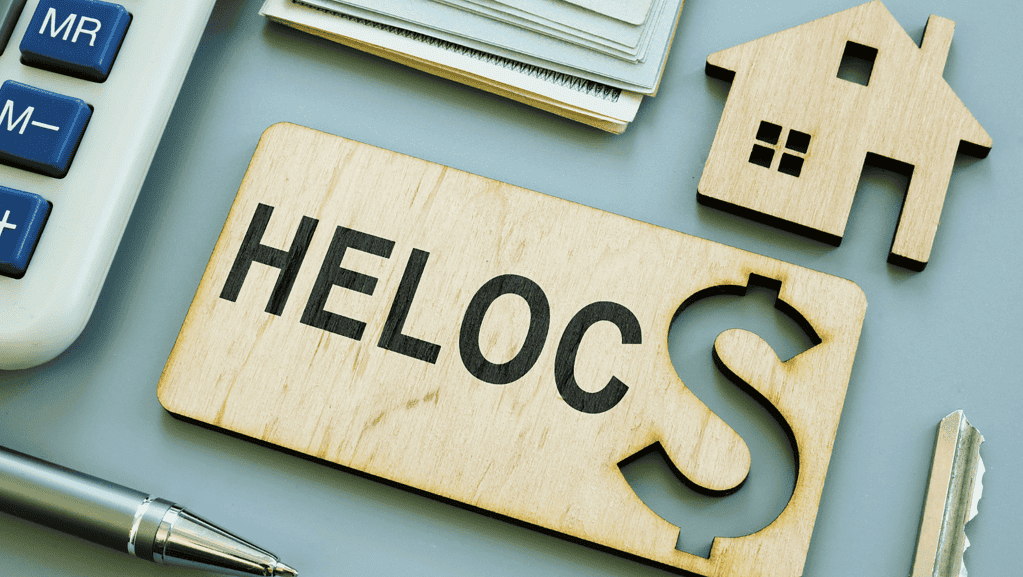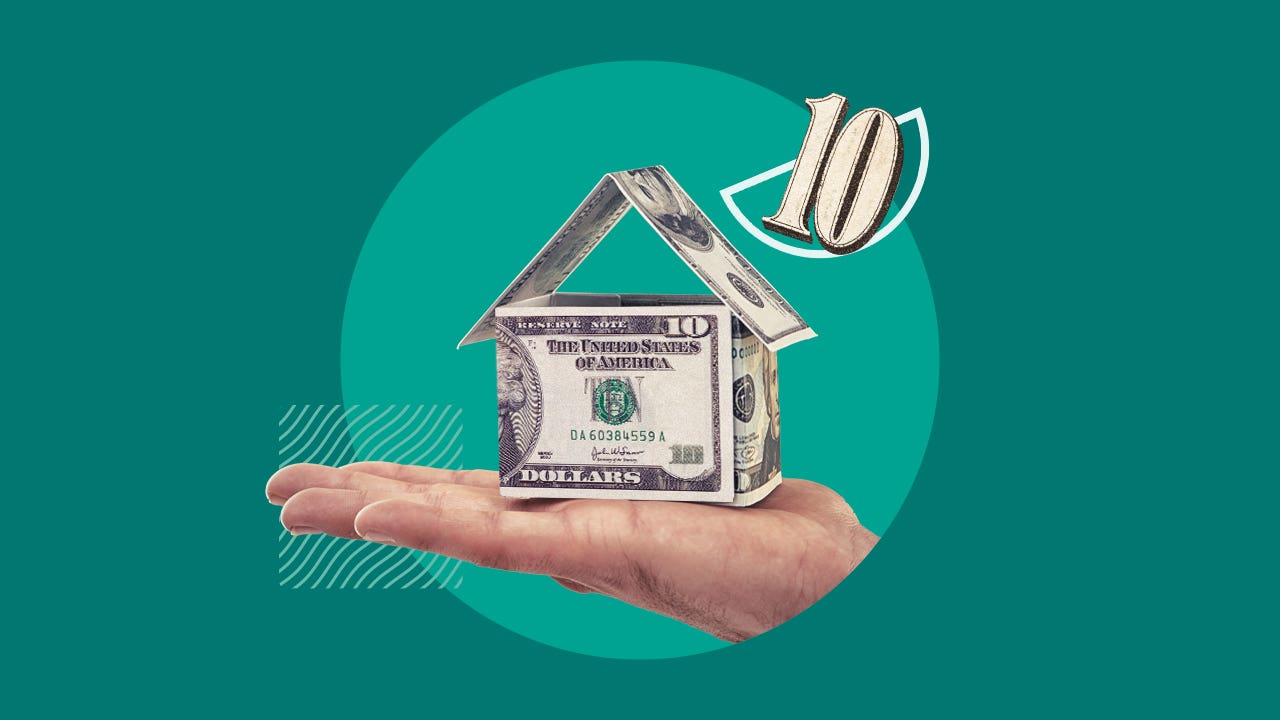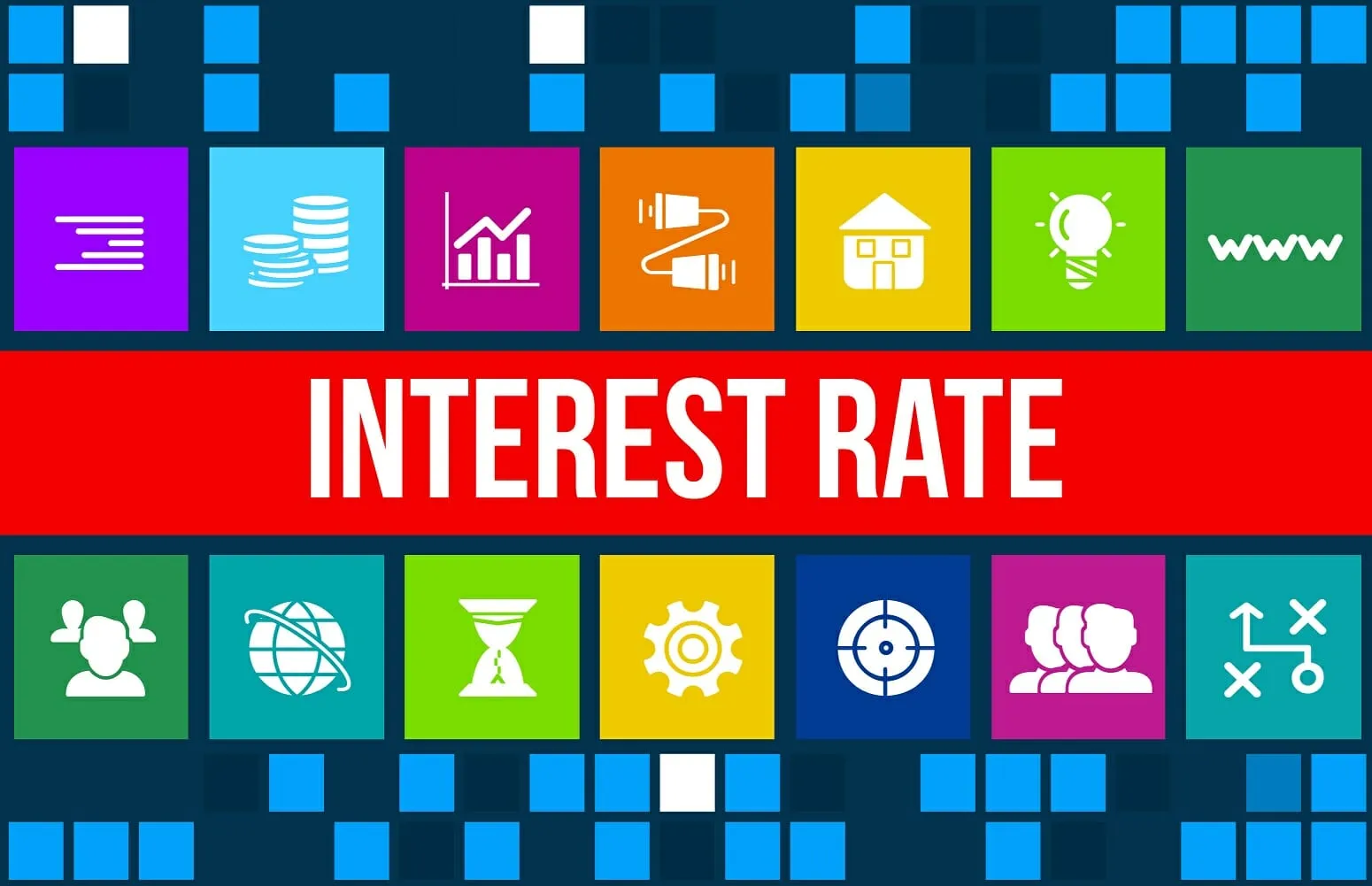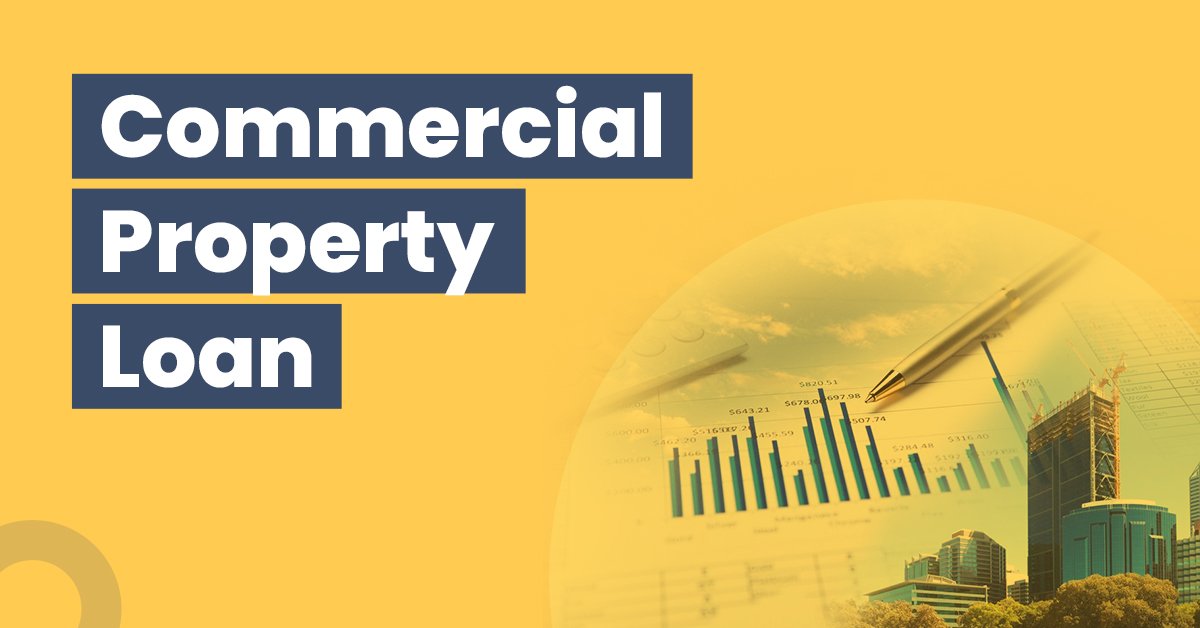First Lien HELOC

Introduction:
A first-lien HELOC, or Home Equity Line of Credit, is a type of financial arrangement that allows homeowners to access funds based on the equity they have built up in their property. In this context, “first-lien” refers to the fact that the HELOC takes priority over any other liens or loans that might be secured by the property, including the primary mortgage.
Here’s a breakdown of key concepts:
Home Equity: Your home’s equity is the quantity that separates its current monetary value from what’s left of your loan.
- Your equity grows as a result of mortgage payments and property value growth.
Lien of Credit: A line of credit is a flexible borrowing arrangement that gives you access to a predetermined amount of money. Your home’s equity is the amount that separates its current valuable market from what is left of your loan.
Priority Lien: A “lien” is a legal claim made against a piece of land used as security for a loan in the context of home loans.
1. A first-lien HELOC means that the property secures the line of credit as collateral and
takes precedence over other liens. If there’s a foreclosure, the first-lien HELOC would be repaid before any other liens, including the primary mortgage.
Primary Mortgage: The direct mortgage is the original loan you used to purchase the property. It is typically the most significant debt secured by the property. A first-lien HELOC can exist alongside this primary mortgage.
Accessing Funds: With a first-lien HELOC, you can access funds by writing checks, using a credit card linked to the HELOC, or transferring money to your bank account. Your capacity to borrow money is affected by several variables, including your credit standing, the worth of your property, and the conditions of the loan.
Repayment: During the “draw period” of the HELOC, which is usually around 5-10 years, you can withdraw funds and make interest-only payments or principal and interest payments. The “repayment period” (which starts after your draw period is complete) is when you must begin to return the principal and interest, usually over 10 to 20 years, without being able to use any money during this time.
It’s important to note that a first-lien HELOC carries some risk. If you cannot make payments, the lender can initiate foreclosure proceedings. Additionally, your property’s value might fluctuate, affecting the available equity and the terms of the HELOC.
Before considering a first-lien HELOC or any other financial product, it’s advisable to thoroughly research and understand the terms, risks, and benefits and consult with financial professionals if needed.
What does it mean to be the first line?
A lien is a formal claim against real estate concerning a debt. The lending institution is first-lien when someone takes out a mortgage to purchase a home. If the applicant falls behind on the mortgage, the lender may start a foreclosure action to seize the asset.
Second-position liens are another legal claim on assets used to recoup debts. A home equity loan, often a HELOC, is typically regarded as a second lien or second mortgage.
The distinction is significant because a second lien takes precedence over a first lien. As a result, the creditor holding the first-lien position receives payment first if a borrower defaults on a debt obligation.
How does a first-lien HELOC work?
A first-lien HELOC combines a mortgage and a credit line into one. They are regarded as open-end loans. It frequently functions by assuming the place of your current mortgage, acting as a first lien or first mortgage. However, unlike a conventional mortgage, it works similarly to a checking account, much like a home equity loan. Borrowers can apply direct instalments to the loan principal, which lowers the interest rate and length of the mortgage. For the 30-year loan term, you can also take out money (in the form of a home equity loan) without having to refinance.
People choose a first-lien HELOC to pay off their homes faster and accumulate equity more quickly while still having the flexibility to withdraw money as needed.
Who offers first-line HELOCs?

Numerous institutions offer these loans, including large banks, credit unions, nondepository private lenders, and even hard money lenders. First-lien HELOCs are sometimes an option for amounts more significant than conforming to loan limitations or borrowers without prime credit criteria. Compared to second-lien loans, they can also have more extended draw periods and cheaper interest rates.
Advantages and Disadvantages of a first lien HELOC
Equity lines of credit with first liens have advantages and disadvantages.
. In selecting whether a first-lien HELOC is the best fiscal choice for you, it’s critical to consider these facts.
. Here are some essential things to think about:
Advantages:
Lower Interest Rates: First-lien HELOCs often come with lower interest rates than other unsecured loans or credit cards since the equity in your home secures the loan.
Flexible Borrowing: With HELOCs ongoing line of credit, you can borrow cash up to a specific limit as needed during the draw period.
. This flexibility can be beneficial for managing varying expenses over time.
Potential Tax Benefits: In some cases and depending on local tax laws, the interest paid on a first lien HELOC may be tax-deductible, similar to mortgage interest. However, recent changes to tax laws have placed limitations on these deductions, so it’s crucial to consult with a tax professional to understand the current implications.
Versatility: You can use the funds from a first-lien HELOC for various purposes, such as home improvements, debt consolidation, education expenses, or unexpected emergencies.
Staged Repayments: You only need to make interest payments during the draw period. This can provide short-term financial relief compared to immediately repaying the principal.
Disadvantages:
Risk of Foreclosure: Since a first-lien HELOC is secured by your home, failing to make payments could lead to foreclosure, where the lender takes possession of your property. This risk is higher compared to unsecured loans.
Fluctuating Interest Rates: Many HELOCs come with variable interest rates, meaning your monthly payments can increase if interest rates rise. This uncertainty can make budgeting challenging.
Debt Accumulation: The revolving nature of a HELOC can encourage ongoing borrowing, potentially leading to higher debt levels. If managed responsibly, this could maintain your finances.
End of Draw Period: When the draw period ends, you must begin repaying both principal and interest. This can result in higher monthly payments, which could be challenging to manage if you have not planned for this change.
Potential for Negative Equity: If your property’s value decreases, you could owe more on your first lien HELOC than your home is worth. This situation is known as being “underwater” or having negative equity.
Closing Costs and Fees: Like any mortgage-related product, there can be fees associated with obtaining a first-lien HELOC, such as application fees, appraisal fees, and annual maintenance fees.
Complexity: HELOCs can be more complex to understand than traditional loans due to factors like variable interest rates draw periods, and repayment periods.
Before obtaining a first-lien HELOC, it’s crucial to thoroughly research and consider your financial situation, goals, and risk tolerance. Consider consulting with financial advisors or mortgage professionals to ensure that a first-lien HELOC aligns with your overall financial strategy and that you fully understand the terms and potential implications.
HELOC Requirements:
Before deciding on your HELOC application, a lender will consider your home equity, loan-to-value ratio (or LTV), and credit score.
Commence with home equity. By deducting the amount of your mortgage debt from the current market value of your home, you can determine that you have $200 left in the value of your home if it is now worth a total of $ and you owe a total of $200 on loan.
However, assume that your lender will only let you borrow part of the amount of equity. They will instead use your LTV to estimate how much of these funds you can borrow. LTV is calculated by dividing the mortgage balance by the value of the residence.
This indicates that in the case above, your LTV is 50%. At this stage, the question is how much your lender will let you borrow.
How much HELOC can I get?

A HELOC typically offers cash equivalent to 80%–90% of the value of your property, less the outstanding mortgage balance. It is modified by your creditworthiness and debt-paying capacity.
.
MortgagesGr may be a useful money-management tool for paying significant expenses like home renovations, high-interest credit card debt, medical expenses, or even college tuition or student loan debt, depending on whether they have a first-lien position or a second-lien one.
Let’s try an illustration. If your house is worth $400,000 and you still owe $200,000 on your original mortgage, but your lender will let you access up to 80% of the equity in your house:
$400,000 x 80% = $320,000
Your maximum HELOC availability after paying off your existing mortgage is $320,000 – $20,000 = $120,000.
Should you replace your mortgage with a HELOC?
You shouldn’t copy your neighbour’s method of paying off their mortgage just because they may have used a HELOC. On their HELOCs, many borrowers find themselves playing catch-up for years. Therefore, before proceeding with your loan, be sure you are familiar with its terms and conditions.
Are you concerned about a possible HELOC and how it will affect your financial situation? Take some time to look for banks that provide HELOCs with first liens. Many trustworthy first-lien HELOC lenders are available to help.
Is a home equity loan a better option?
HELOCs and home equity loans are frequently mixed up. Although both are regarded as second mortgages, a HELOC is more flexible because it allows you to use the value of your property in the precise proportion you require. A home equity loan, on the other hand, provides for a lump sum withdrawal.
The method by which your interest rate is calculated is another difference between a cash-out refinance and a HELOC. Unlike a HELOC, you are not shackled to a variable rate. Instead, you have the option of selecting a fixed-rate or adjustable-rate mortgage.
The advantages and downsides of loans can be better understood by researching loan programs. However, consulting a professional about what will best serve your financial objectives is an even better course of action.
Down payment on a HELOC:
You can use a HELOC as a down payment for your subsequent residence. This plan entails taking out many mortgages at once and using the equity in your current property as collateral. A HELOC down payment may only be advantageous for some borrowers. Therefore, we advise collaborating with a lender who has your best interests in mind.
Additional techniques to speed up mortgage repayment Change your loan to a shorter term:
The historically low-interest rates in effect right now make refinancing ideal. Changing the switch from a 30-year mortgage to a 15-year one could result in significant savings in money.
. Imagine how amazing it would be to have your home paid off in half the time!
Increasing principal repayments:
Paying more principal toward your mortgage anytime you have more money is not a problem. Doing so frequently could reduce the length of your loan by many years. Before contributing more money to your mortgage, financial experts advise paying off high-interest debt and creating a savings account.
Get rid of private mortgage insurance (PMI)
If you cannot continue making your mortgage payments, PMI will protect your lender. However, may your PMI be cancelled whenever your debt exceeds 80% of the home’s appraised value? You can utilise that more money each month to make mortgage payments!




Post Comment